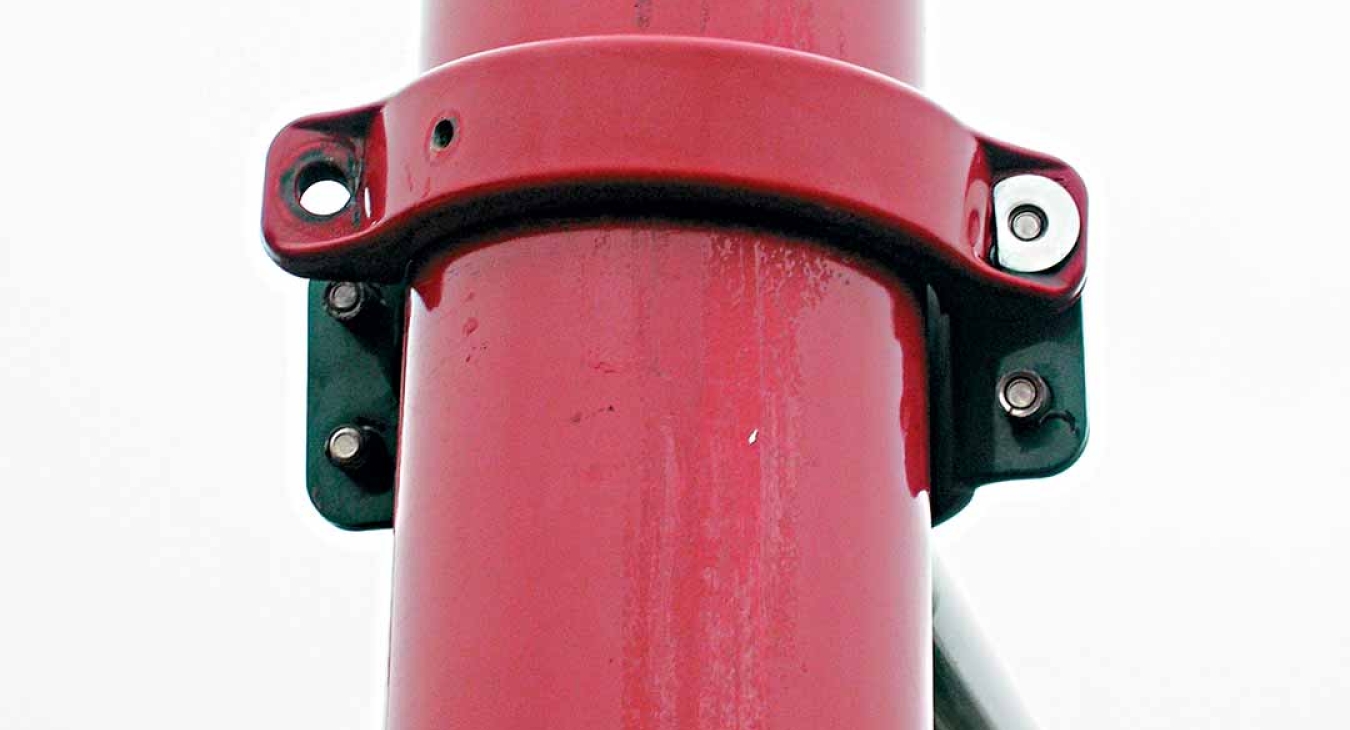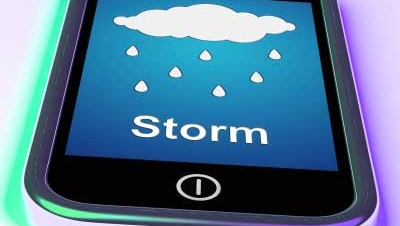The National Recreation and Park Association (NRPA) Certified Playground Safety Inspector (CPSI) curriculum states more than one in three playground injuries are alleged to be a result of a lack of maintenance or improper maintenance.
This is one area which all public and private playground owner/operators have direct control.
The owner’s proactive maintenance efforts, or lack thereof, will have a substantial impact on reducing playground injuries. One item that has been lacking is a definitive maintenance training program and comprehensive written resource necessary to train people responsible for the day to day operation of playgrounds.
After years of development, there is a playground maintenance training program designed for persons responsible to inspect and maintain playground equipment to assure a safe, clean and functioning play environment for children.
Playground Maintenance Program—Design, Content
This two-day program provides the information necessary to train front-line maintenance and custodial staff with critical information and processes necessary to proactively identify playground maintenance issues and how to correct them to provide a safe and useful play environment.
The course presentation and the print resources provides comprehensive resource information in how to maintain playground equipment and uses, visuals to “bring the playground into the classroom” to identify the most common play environment issues of concern, surfacing deficiencies, and emerging safety concerns. This program also informs the participant in how to take appropriate corrective actions, make certain repairs within manufacturer specifications and how to take a composite structure or entire play area temporarily or permanently out of service.
The course manuscript, Maintaining Child’s Play: A Comprehensive Guide for Maintaining Safe Playgrounds 2010-2011 PDRMA, 85/165.046, provides the basis for the training program’s interactive multimedia modular presentation. The training portion of the program uses a host of visuals including video, stills and a virtual playground environment to help attendees to more easily absorb the presented course information. The course is designed using topic specific training modules that begins with an overview of each chapter using videos, followed by a PowerPoint-type presentation that focuses on the causes of common playground maintenance problems, provides a range of solutions to address existing problems and provides proactive guidance on how to prevent similar future playground maintenance problems, thereby extending the life of the playground.
Another element of the training program is the course “Participant Guide” which includes a summary of each module, allows students to take notes and includes skills-building exercises. The final portion of the program uses computer technology to create a virtual playground experience in the classroom allowing the students to test their knowledge based on what they have learned in the class.
The virtual playground environment eliminates the need to go outdoors to a play area to demonstrate and discuss the real life playground inspection and maintenance concerns presented throughout the program.
Much of the Playground Maintenance Program is based on the research by Monty Christiansen, Professor Emeritus, Penn State University, who authored many of the chapters in the course manual along with two other authors, including Steve Plumb, a long time CPSI instructor and Steve Kleinman, JD, PDRMA. Like with all professional publications, Maintaining Child’s Play is an effort of the authors, illustrators, photographers, pre-publication reviewers, editors, graphic designers and the publisher as all were essential contributors to the quality of the publication.
The course book Maintaining Child’s Play starts with an overview and introduction to the program followed by the following chapter subject areas:
- Chapter 1 addresses the basics of playground liability.
- Chapter 2 introduces a new concept, “The Playground Maintenance Diamond of Care.” The four points of the Diamond are based on the continuing process of “Knowledge, Inspection, Corrective Action and Documentation.”
- Chapters 3 through 7 address the common materials used to manufacture play equipment, concrete, wood, plastic and metal, and the many different fasteners, connectors and connecting fasteners which hold these materials together.
- Chapters 8 and 9 address loose-fill surfacing and unitary surfacing.
- Chapter 10 discusses how often inspections and maintenance should occur.
- Chapter 11 addresses record keeping and documentation.
- Chapter 12 is about the challenges of taking play equipment out of service
- Chapter 13 is on the content of maintenance inspections of the playground environment, surfacing and equipment.
Since August 2012, Clemson University’s Park, Recreation, and Tourism Department has been licensed to offer the Playground Maintenance Program and is beginning to offer the program across the United States to local hosts. If interested in hosting this program contact Dan Anderson, the program coordinator, at [email protected].
Development Of Playground Maintenance Technician Program
One of the founding members of National Playground Safety Institute (NPSI), Monty Christiansen, took a sabbatical leave from Penn State in 2001 to conduct research on the subject of playground maintenance. Earlier, Christiansen had written a White Paper on the future of NPSI. In it he discussed the need for playground maintenance training and this started his research efforts on the subject of playground maintenance.
Christiansen’s efforts were assisted by a grant from KaBOOM! after its CEO, Darell Hammond, heard about Christiansen’s vision for this much needed training program. Hammond had a goal to build thousands of new playgrounds which in turn help build communities. He understood that the long term benefit for the community to have a new playground but he also understood the longer term goal of building communities would not be realized if the community failed to take appropriate actions to maintain the playground to the appropriate level of safety and function throughout its life.
Christiansen’s research resulted in an incredible amount of information on every material common to the public playground environment that is used to train playground maintenance staff in the Playground Maintenance Program in the course book, Maintaining Child’s Play.
Playground Maintenance Program Goals As They Relate To CPSI Program
Regardless of a play area’s level of compliance to the current safety standards and guidelines, owners must address their responsibility for ongoing safety inspections, routine maintenance and timely repairs that address new deficiencies in the rapidly, ever-changing play environment.
There are distinct playground maintenance responsibilities as recommended by the U.S. CPSC and the ASTM for the manufacturer/designer and owner/operator. The manufacturer/designer must provide the owner with complete inspection and maintenance procedures necessary to maintain the play equipment and surfacing system. The owner/operator is responsible for performing the inspections and maintenance as recommended by the playground equipment manufacturers to assure the safety of the users and the function of the playground equipment and surfacing system and these records must be maintained. The owner should be implementing some regular frequency of safety inspections coupled with timely routine maintenance and repairs to assure the safety of the users. This is the primary role of a playground maintenance technician. This is the primary focus of the Playground Maintenance Training program.
The inspection/maintenance process begins with a written and thorough visual review of the entire playground environment down to each and every component. The process must be documented in order to assure its completeness and to provide insight into the future.
The process is not complete until the identified deficiencies have been corrected and these corrective actions must also be documented. The inspection forms used must be easy to use. They must be based upon the manufacturer’s recommended maintenance and inspection procedures. They must follow your agency policies and procedures. They should be specific to the equipment and conditions identified in your site history and initial safety compliance audit.
Whatever type of inspection tool is being used, the inspection process must be performed as frequently as appropriate for your operating conditions. This documentation process will be of little use unless it is completed by trained staff.
The result of not implementing an effective proactive maintenance and inspection program has been said to contribute to almost 40 percent of all playground injuries. This is the bad news. The good news is that there are many benefits of a good playground inspection and maintenance management plan such as fewer accidents, good defense against charges of negligence, more efficient and effective use of resources, forecasting more accurate budget needs, better information to project the potential life expectancy of the play area, and most importantly, it enhances your organization’s public image and relationship with your community.






















How to get a copy of Maintaining Child’s Play
Hi!
How do I get a copy of the course book mentioned - Maintaining Child’s Play? Thank you!
Add new comment